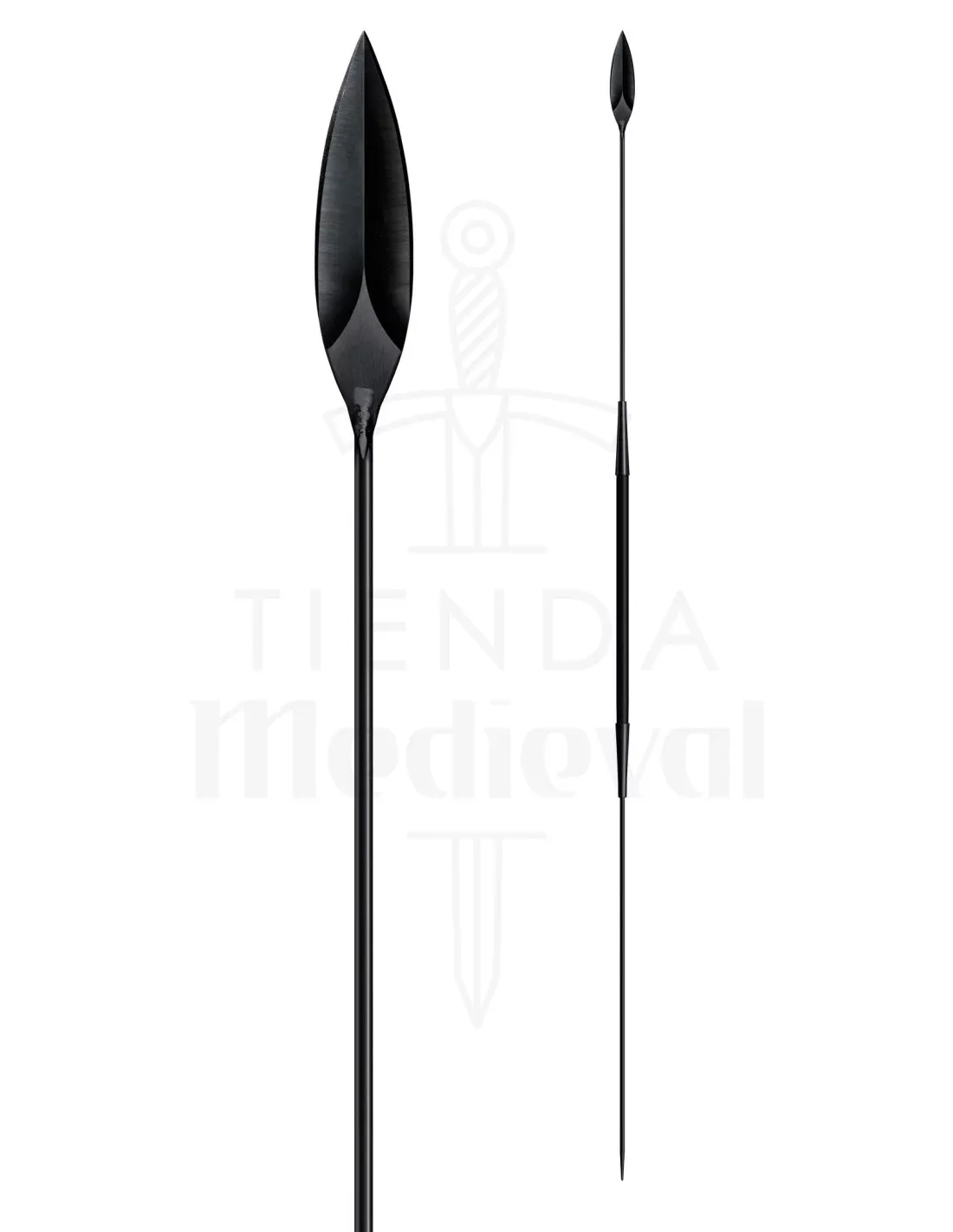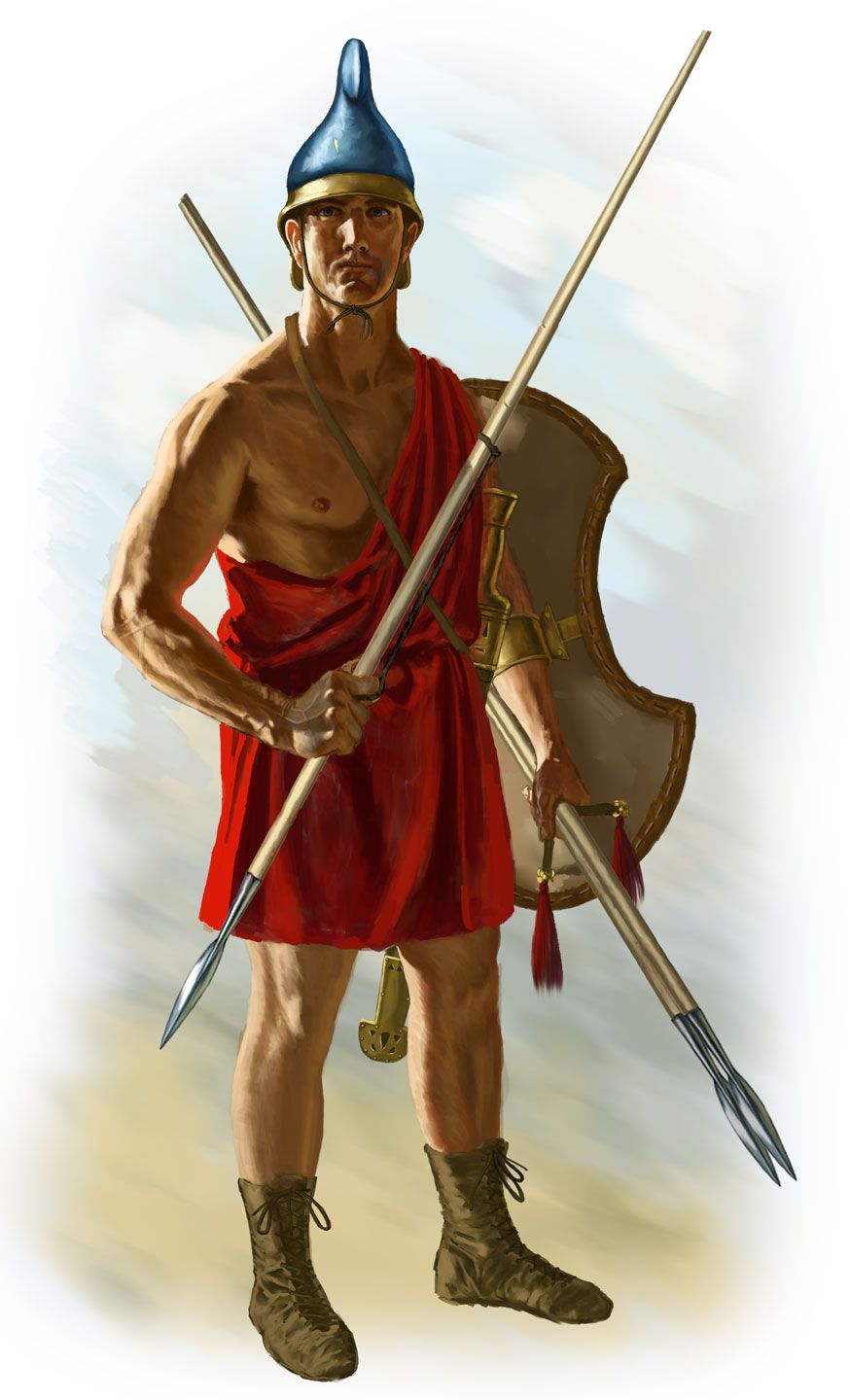What is a Javelin?
The javelins are weapons that have existed since prehistoric times, initially used for both hunting and combat. Specifically designed to be thrown, these spears have evolved over time, marking their place in history and modern sports. Below, we will explore in detail the characteristics, types, and uses of the javelin.
Origins and Use in Prehistory
The javelin has origins that date back to prehistoric times. Back then, hunters used it to capture prey, making it a vital weapon in conflicts between primitive tribes as well. The skill of throwing javelins with precision provided a significant advantage by allowing targets to be hit from a distance without exposure. Some cultures even developed straps to retrieve javelins after they were thrown, demonstrating an ingenious adaptation to the needs of warfare and survival.
Types of Javelins
Throughout history, various types of javelins have emerged, each designed with specific characteristics for a particular purpose:
- Harpoon: A javelin with a detachable tip that was originally used in prehistoric times to hunt large animals. Today, the term refers to a iron shaft with barbs, employed for fishing large fish and whales.
- Javelin: A small spear with a robust tip, designed to be thrown with strength and precision using the arm.
- Dart: Lighter than the spear, it was used as a javelin since the Bronze Age, allowing for longer throws.
- Frámea: This javelin had a length similar to that of a man, making it practical for both throwing and close combat use.
- Pilum: Used by Roman soldiers, its ingenious iron tip detached upon impact, rendering the enemy's shield useless by embedding itself.
- Venablo: A short spear, symbol of the Spanish ensign in the 16th century, noted for its versatile handling in combat.

Use in Athletic Competitions
In the modern context, javelins play a prominent role in athletic competitions. The javelin throw event in athletics involves throwing a standard metal or fiberglass javelin as far as possible. This discipline tests the strength, technique, and precision of athletes.
Characteristics of the Javelin for Competitions
The javelins used in competitions possess specific characteristics:
- Length and Weight: The men's javelin measures between 260 and 270 cm and weighs a minimum of 800 g, while the women's javelin measures between 220 and 230 cm and weighs at least 600 g.
- Grip: It features a cord grip of approximately 15 cm at its center of gravity, facilitating handling during the throw.

Peltast at English Wikipedia, Public domain, via Wikimedia Commons
Historical Example
The javelin throw has deep historical roots, being one of the disciplines in ancient Greece as part of the pentathlon. This classical competition not only tested the physical and skill-based abilities of athletes but also celebrated their talents in a variety of physical activities, reinforcing the importance of the javelin throw and its cultural value throughout history.
With its rich history and presence in modern sport, the javelin is much more than a simple weapon; it is a symbol of technique, precision, and athletic tradition.
















